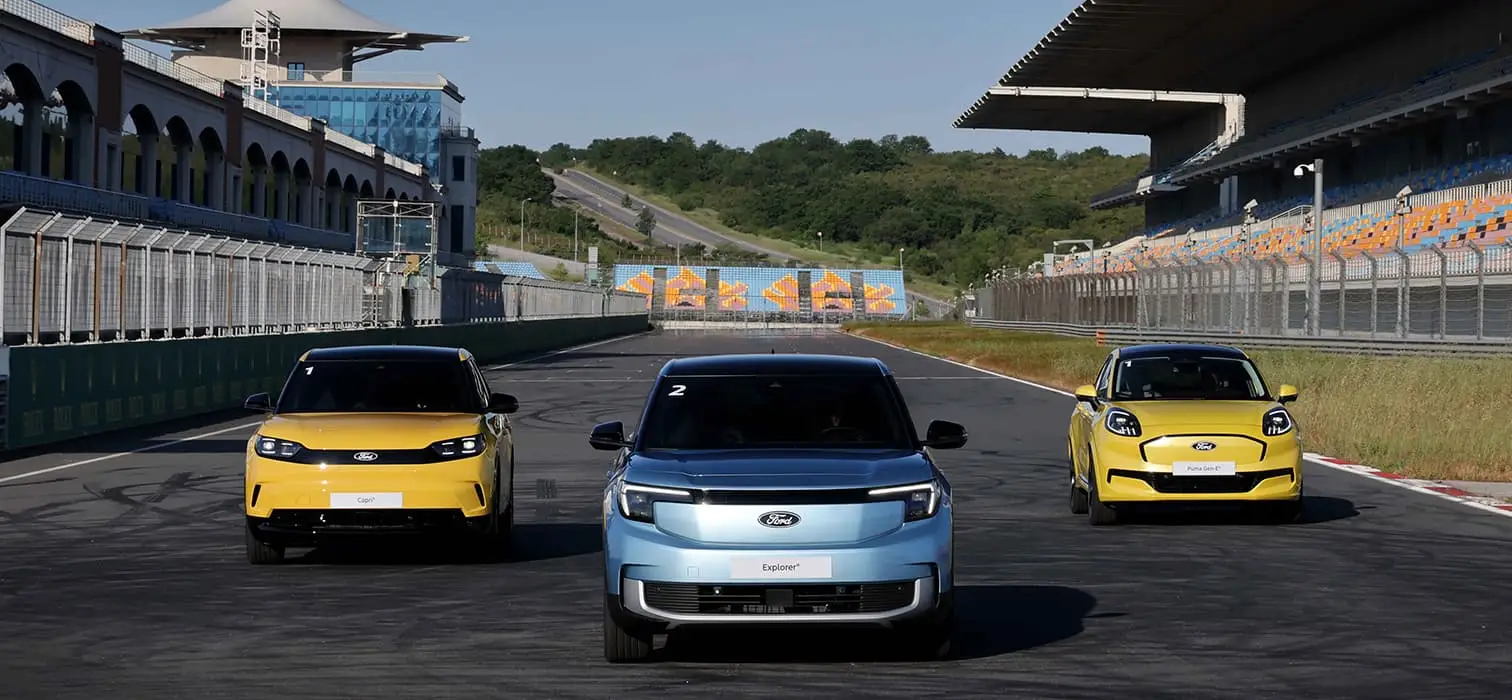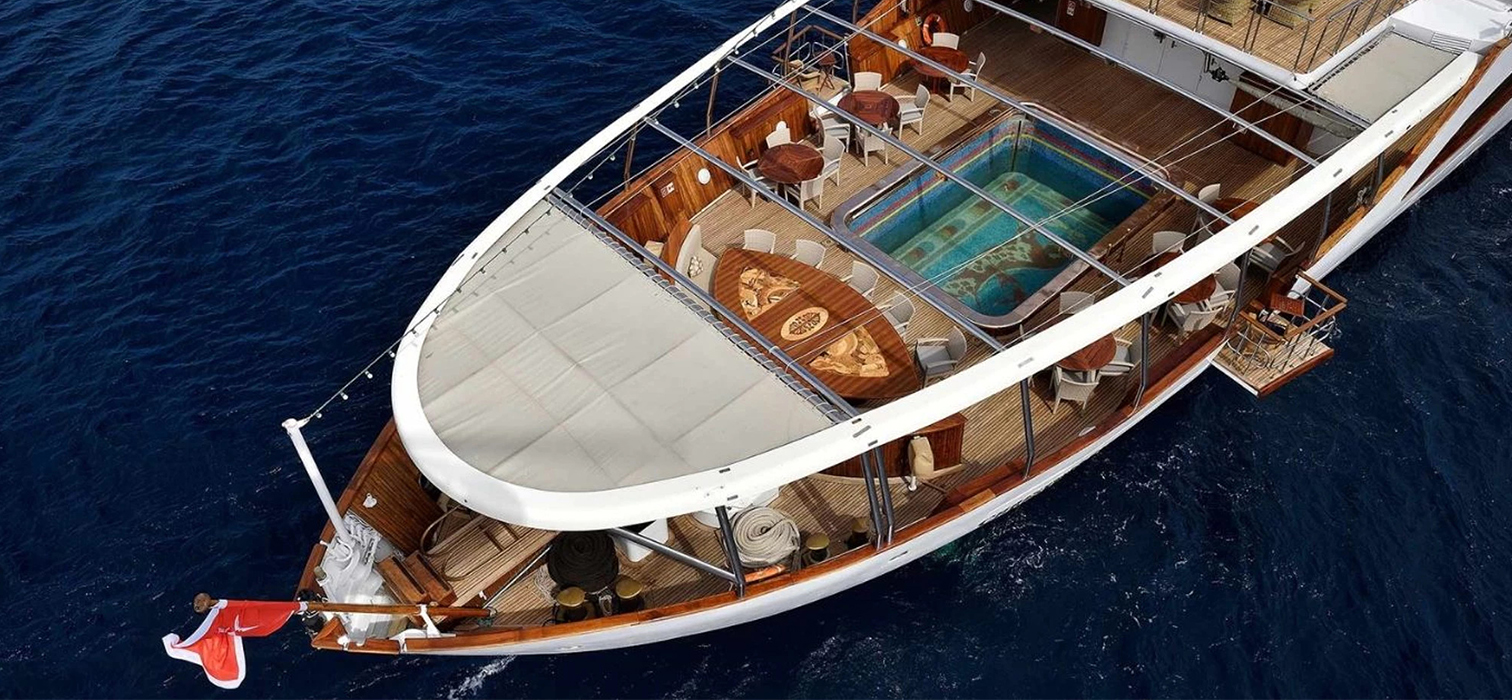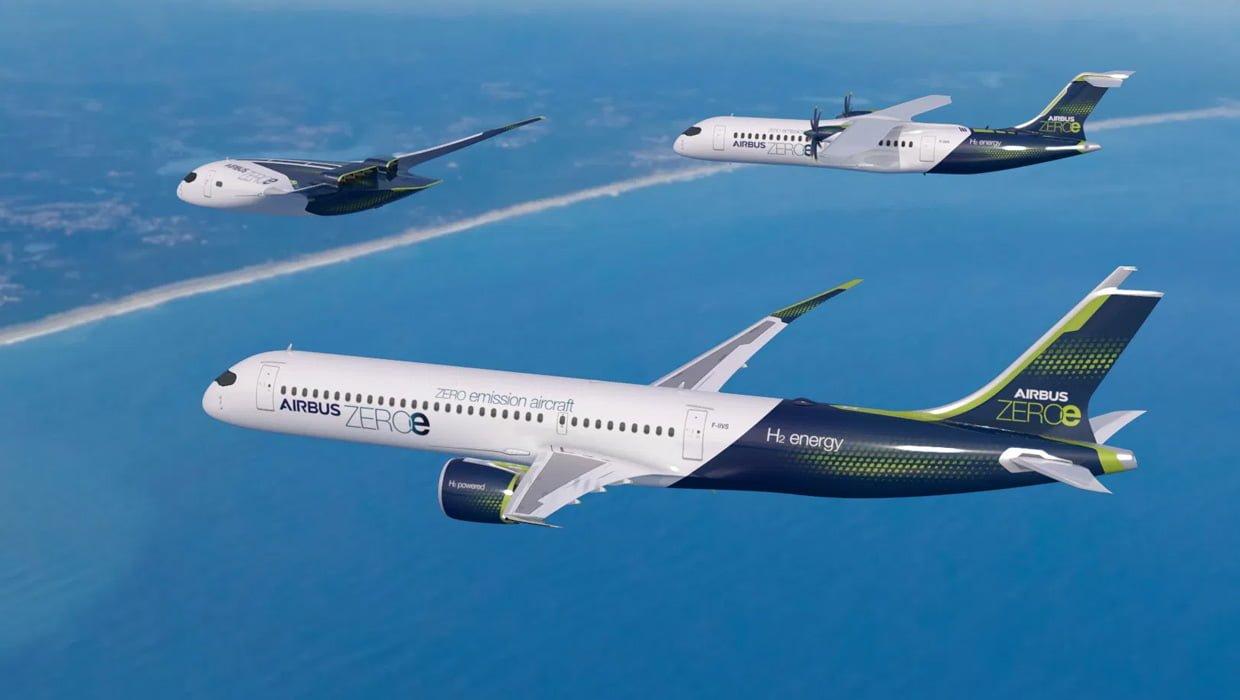
Thanks to hydrogen! There are serious problems with the using of hydrogen in aviation, but California-based start-up ZeroAvia looks to have found the way out. The hydrogen- electric passenger plane ZeroAvia made its first flight on September 29, 2020. Increased its fund with investments in December 2020, just a few months after this flight. It is the first hydrogen-electric passenger flight.
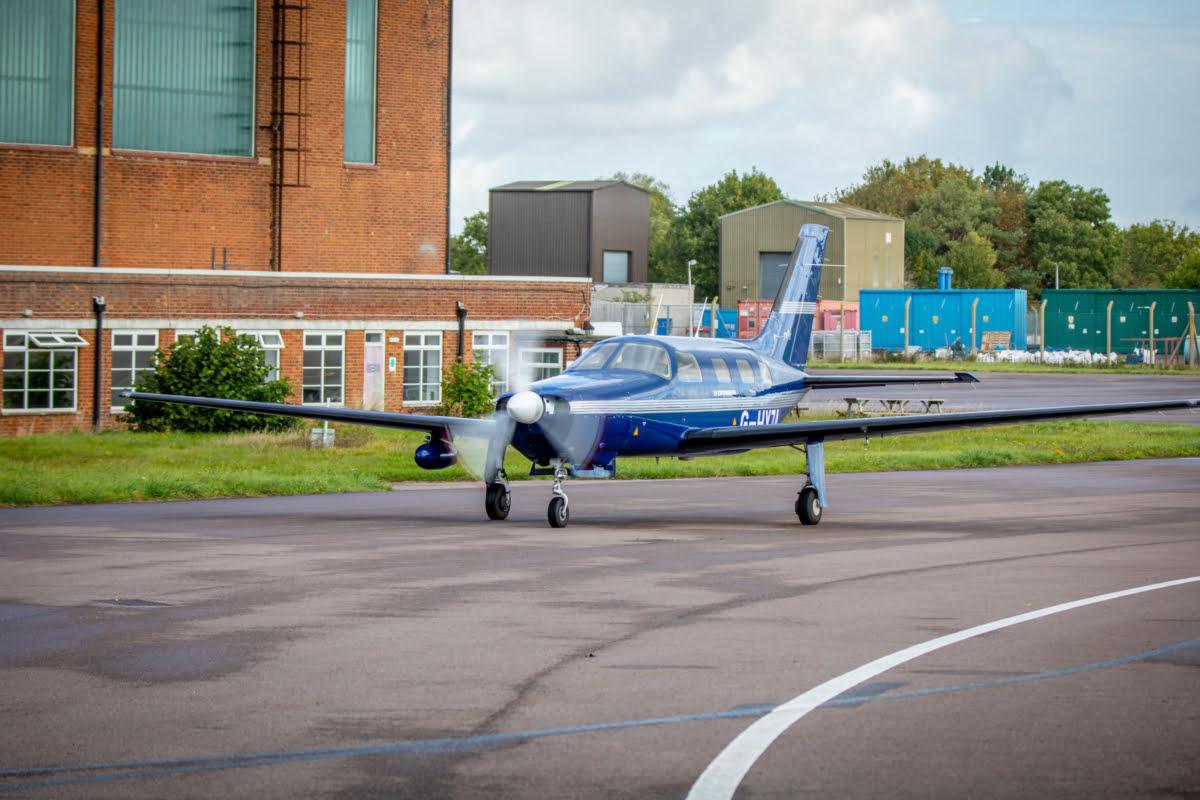
After the successful flight, ZeroAvia got serious financial support, which could be described as a vote of confidence. ZeroAvia said that it has raised $ 21.4 million through the efforts of Breakthrough Energy, which established by Bill Gates and supports sustainable energy. While Amazon transferred $ 2 billion to ZeroAvia from the Climate Pledge Fund that established within the company, Shell provided support with its subunit Shell Ventures, which invested in renewable energy resources. Among the investors is Horizons Ventures, a Hong Kong-based venture capital firm. ZeoAvia also has received a $ 16.3 million grant from the British government to manufacture the HyFlyer, a passenger plane in a 19-seat by 2023.

Val Miftakhov, CEO, ZeroAvia, told the media after first flight: “It’s hard to put into words what this means to our team, but also for everybody interested in zero-emission flight. While some experimental aircraft have flown using hydrogen fuel cells as a power source, the size of this commercially available aircraft shows that paying passengers could be boarding a truly zero-emission flight very soon.” Val Miftakhov told also, flight cost is half as low as biofuel aircraft, the goal of Val Miftakhov and his team is to be able to long distance cruising plane in 100-people by three years.

Light Element,Heavy Burden
“Aircraft contribute three percent of the nation’s total greenhouse gas production. It is estimated that if does not take measure, this rate will be four percent in 2050. Tons of fossil fuel consumption of aircraft engines produce a serious carbon emission. Hydrogen is clear! There is no carbon emission.”
Aircraft contribute three percent of the nation’s total greenhouse gas production. It is estimated that if does not take measure, this rate will be four percent in 2050. Tons of fossil fuel consumption of aircraft engines produce a serious carbon emission. Hydrogen is clear! There is no carbon emission. Moreover, hydrogen is one of the most common elements in the world, much lighter than kerosene and provides three times more energy. That’s why, not only aviation, but also the automotive world intereseted in hydrogen. However, hydrogen has two important problems: first one is lack of battery technology. Although this problem can be solved in automobiles more easily, due to aircrafts require much more energy, today’s technology cannot meet this need. Besides, despite of it’s light, hydrogen is a difficult element to store. Hydrogen can be stored physically as either a gas or a liquid. Storage of hydrogen as a gas typically requires high-pressure tanks. Moreover, hydrogen at one atmosphere pressure is −252.8°C.
If these technical problems could be solved easily, we would have been flying with hydrogen since the 1950s. Because the first hydrogen flight was made by the United States army in the USA, Florida in the 1950s. Engines successfully ran and the flight took place, but it was realized there that it was too expensive to store hydrogen. Engines successfully ran and made flight, but it was realized there that it was too expensive to store hydrogen. After this plane called Suntan, Russia had trials in the 1980s and Boeing in the 2000s, but the hydrogen storage and battery issues continued to be unsolved problems.
Next One is a 400 Km Flight!
The next target for the aircraft with a takeoff weight of 2 tons is to make a 400km flight to Kirkwall Airport in Orkney, Scotland, in three months. The next step of ZeroAvia is to produce 10 to 20-seat airplanes by 2023, and to make commercial flights up to 500 miles with commercial jets that can carry 100 passengers by 2027. The next step of ZeroAvia is to produce 10 to 20-seat airplanes by 2023, and to make commercial flights up to 500 miles with commercial jets that can carry 100 passengers by 2027.
New funds will be used in the development of the company’s hydrogen fuel cell powertrain ZA-600. ZeroAvia is also involved in the Hydrogen Airport Refueling Ecosystem project with the British Government and the Aerospace Technology Instute. This project plans how airport ecosystems should be shaped after the spread of hydrogen as a fuel. The solution to the high transportation cost of hydrogen is seen as the production of hydrogen locally, in areas close to the airport. The solution for the high transportation cost of hydrogen is seen as the production of hydrogen locally, in areas close to the airport.
Airbus’s Three Hydrogen Concept
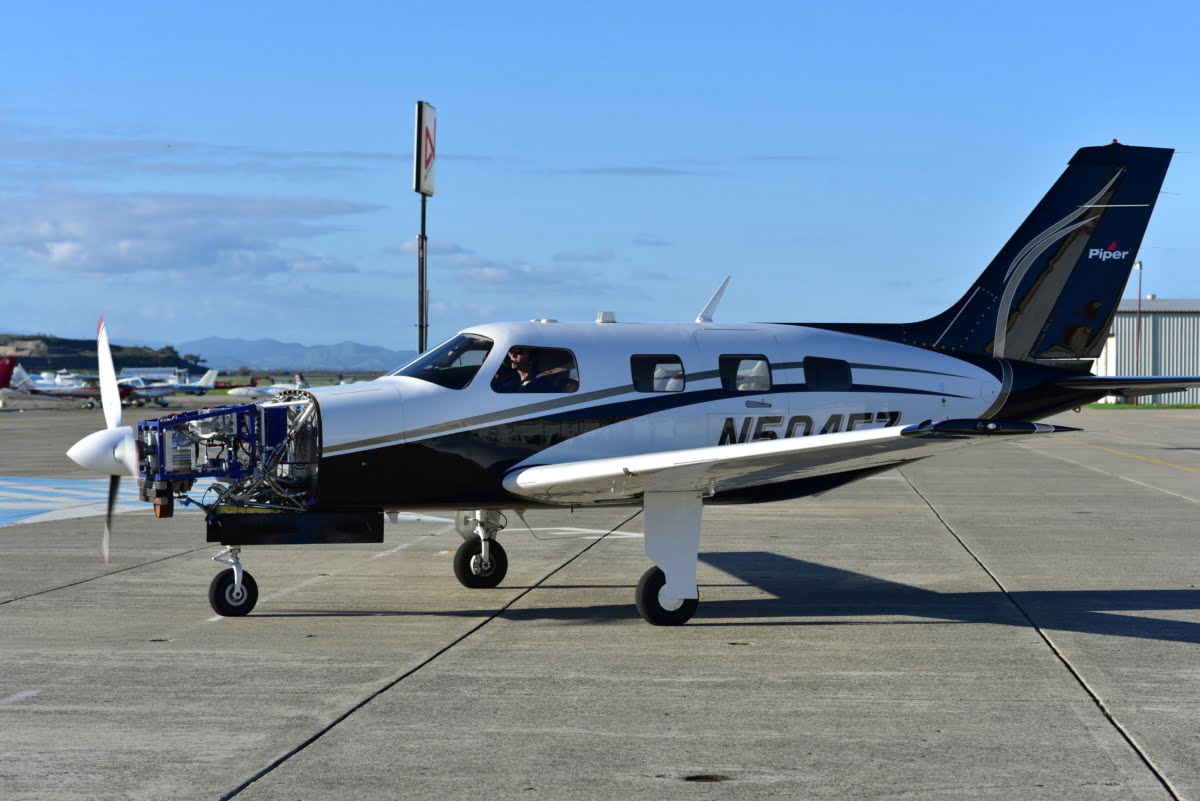
On the other hand, Airbus has shared the concept drawings of the first three members of Zeroe, a zero-emission aircraft fleet powered by hydrogen fuel, a few weeks before the ZeroAvia’s first flight. The first of these is the concept using existing gas turbine engines. In the concept, where the engines will be modified to operate with hydrogen, it is envisaged that be able to transport 120 to 200 passengers about 3,700 kilometres. One of the concepts attract attention with its blended wing design. Airbus emphasizes that hydrogen with different volumetric energy density will also affect aircraft designs.
Planning establish a hydrogen plane fleet by 2035, Airbus designed the removable and replaceable hydrogen fuel cell and propeller compartments. It is stated that this will significantly shorten the maintenance time of the aircraft compared to conventional models. The ” removable hydrogen fuel cell capsules”, which are positioned three each under Airbus aircraft wings, contain the propeller, fuel, engines and air-conditioning system. Hydrogen and air stored inside each compartment are directed to the fuel cell to generate an electric current.


